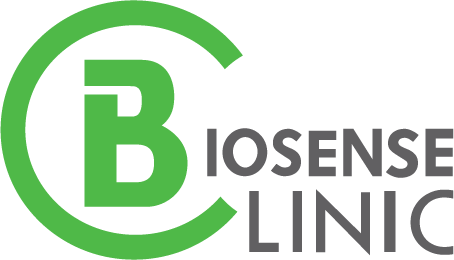Make a Dramatic Difference to Scarred Skin with Pracasil™-Plus
Share
Do you have any scars that have been bothering you? New or old scars, surgical scars, keloids, stretch marks, acne scars and more… Pracasil Plus is a clinically proven compounding base that can be used by itself or works with active ingredients for all types of scar tissue. It promotes a healing, soothing, and nurturing environment. It also provides long-lasting moisturization, protects the skin’s barrier and reduces water loss.
Study indicates 100% of the subjects showed improvement in scar texture. 74% showed improvement in pigment intensity. Here are are some more evidence:
FACIAL BURN

Day 1 |

Day 8 |
A five-month-old baby girl was burned by scalding hot water. PracaSil™-Plus sped her recovery significantly, and helped minimize visible scarring.
SURGERY SCAR

Day 1 |

Day 90 |
A basal cell carcinoma patient, Matthew, used PracaSil™-Plus for post-surgical scars - and reported a 75% overall improvement.
FACIAL SCARRING

Day 1 |

Day 22 |
A 22-year-old female was severely scarred on the face during a car accident. After six plastic surgeries and the application of PracaSil™-Plus for 3 weeks, the patient was surprised by the softening of her skin and overall improvement of her complexion.
BURN SCARRING

Day 1 |

Day 21 |
A 51-year-old male received a third-degree burn after being involved in an explosion. Application of PracaSil™-Plus resulted in complete healing within 21 days.
Now we can make a dramatic difference for those with scarred skin.
References
Technical Report: Efficacy of PracaSil™-Plus in the improvement of Scar Appearance - Part 1.
Technical Report: Efficacy of PracaSil™-Plus in the improvement of scar appearance: a randomized, double-blind, controlled study - Part 2 Comparison with a reference commercial scar product.
Technical Report: Inhibitory Effects of PracaSil™-Plus on Melanin Production.
"Case Series: The Effectiveness of Fatty Acids from Pracaxi Oil in a Topical Siilicone Base for Scar and Wound Therapy", Dermatology and Therapy December 2014, Volume 4, Issue 2, pp 259-269.
